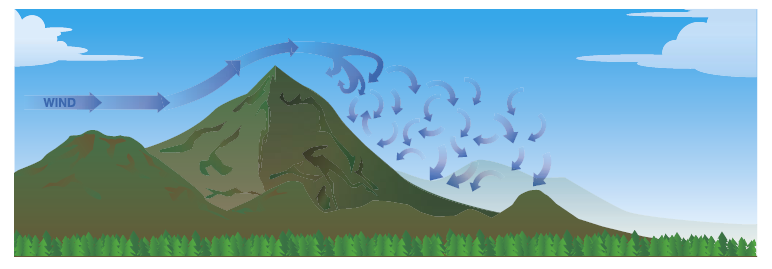HansR wrote: ↑Sun 22 Dec 2019 10:56 am
But I do have difficulty to understand what exactly you are trying to say here. Yes, it's hot, that is clear. But it is far from autoignition temperature so what is exactly the point?
Auto ignition is not an issue, but preheating of volatile fuel is.
Discussed this over lunch yesterday with a few friends.
One being on the Firefighting team & was in the fields till 2:30am, before the pre-arranged lunchtime meet.
He recounted Saturday afternoons events & the volatility of a patch of small spot fires & their difficulty in containing their increase.
Clearly you worry about the fuel loads in the forests which may be too high.
That is the general consensus among land holders. They all point to the past 30 years plus of changes in management practices.
But don't think, there is any chance of clearing forests in general of their litter layer or dead wood content. NSW has 2 million hectares of standing forests. Unless you cut them or burn them all, they have been and will be there longer than humanity. Litter and dead wood is part of those forests. Burning or clearing them will kill them and all living things within leaving NSW barren.
There in lies the problem.
There is simply no magical way to return the forests to the state they were in from the 1770 to 1980's period & before.
It will take a lot of change & roll back of changes to have our forests in their Native state again.
Locking them up hasn't worked, most parties closely involved totally agree.
Ironically, the grazing stock that previously helped maintain these areas are also locked out, returning it to the native animals.
Catch is the Natives, Kangaroos etc are no longer interested in grazing here, as they have much more attractive Crops & Pastures just down the road,
or over the fence to be a bit more correct. It's a 5 Star Restaurant to them, so they simply jump fences.
So yes, as long as it's about the 10/50 clearing, I agree, if you want to extend the clearings beyond that, it gets also beyond the scope of this meteo forum and needs to be discussed on it's own account with your RFS NSW.
Yes it's all about correct management & actually preserving our forests, not simply levelling them.
And yes, I've had many discussions ranging from property holders to local RFS members & management.
All sight the fundamental problem as the "locking Up" as it's most commonly referred to as.
Most interesting chat was one I had back in May of this year, following the pre-election "Meet the Candidates" forum.
We heard them all speak on various topics; but my Uncle (Farmer & Grazier of 60+ years), had the opportunity to sit with the local sitting member at the bar & chat for an hour over a few beers.
This man totally understood my Uncles views, agreeing with many, having a Rural background himself.
What was even more eye opening was his ability to quote Legislation Acts & Section numbers that were counter productive to both Primary Industry & Environment.
He is both experienced & high profiled within the Government, to the point of holding the position of Deputy Prime Minister.
One of the biggest issues he sighted was departmental submissions numbering up to 1000 in pages that could simply not be adequately reviewed before passing into Legislation.
Now shutting down for the holidays, back in the new year. Hope it stops burning down under. Best wishes to everybody.

Ditto the above to all, with best wishes.
With some luck we might just get rain.
Cheers.

